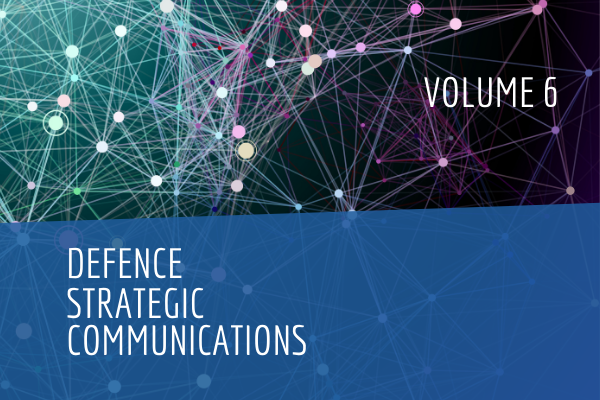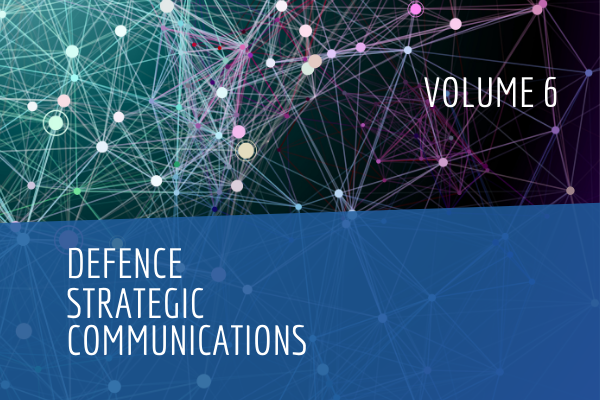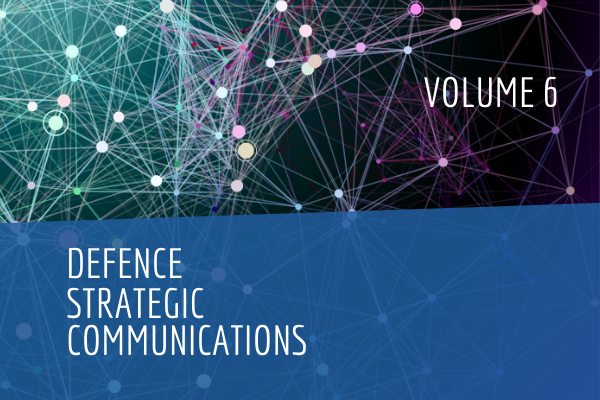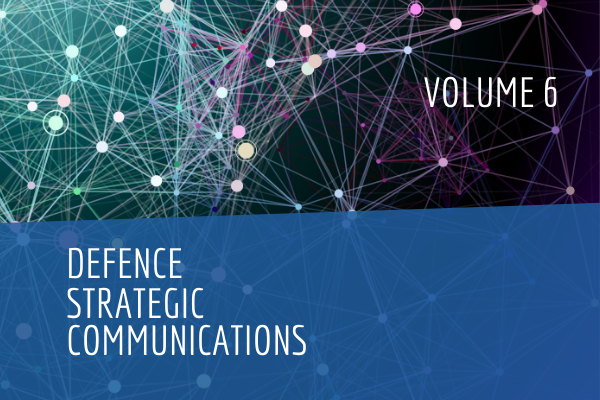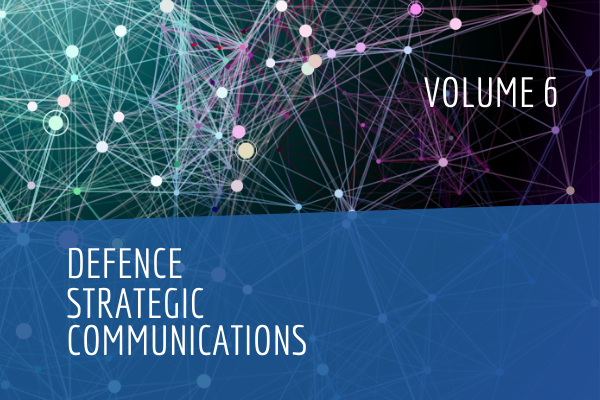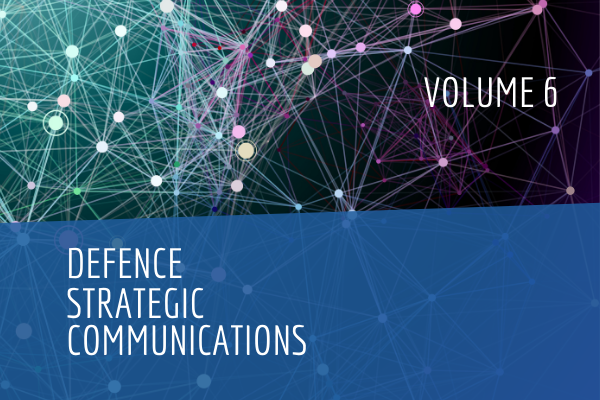Abstract
In mid-October of 2018, Twitter released a dataset containing both the contents and information for accounts on their platform related to the Internet Research Agency. These accounts were used to influence the 2016 US Presidential election, as well as elections and referenda in several other countries, including the UK and Venezuela. This article documents a data analysis of these tweets, and through data visualisation demonstrates a rigorous methodology of practice at work in Russia’s online interference in foreign democracies, particularly through St. Petersburg’s Internet Research Agency (IRA). This research will also show that many previous visualisations of this data have failed to factor for time, and therefore overemphasise certain trends. Finally, we question whether Twitter released the entire Internet Research Agency dataset, as claimed.
Keywords—strategic communications, social media, Russian interference, data visualisation, network analysis, Internet Research Agency
About the Authors
Dr Charles Kriel is the Founder of Kriel.Agency, a strategic communications, research and policy agency with a portfolio including the Persian Gulf, Northern Asia, the Baltics, Balkans, Caucasus and Caribbean.
He is Special Advisor to the UK House of Commons Select Committees on disinformation, and addictive technologies, and to the Trinidad and Tobago Joint National Security Committee.
Alexa Pavliuc is an MSc student in Data Science at City, University of London, following her studies in Professional Communication at Ryerson University, Canada. She has conducted research in human-robot-interaction, and on mal-information in provincial elections on YouTube through the employment of network visualisations at the Canadian Broadcasting Corporation (CBC).
Bibliography
Bastian, M., Heymann, S., and Jacomy, M., Gephi: An Open Source Software for Exploring and Manipulating Networks, 2009, p. 2.
Calamur, Krishnadev, ‘What Is the Internet Research Agency?’, The Atlantic, 16 February 2018. [Retrieved 22 December 2018].
Chen, Adrian, ‘The Agency’, New York Times Magazine, 2 June 2015.
Collins, Damien, Clive Efford, Julie Elliott, Paul Farrelly, Simon Hart, Julian Knight, et al., Disinformation and ‘fake news’: Final Report (House of Commons: Digital, Culture, Media and Sport Committee, 2018), p. 89.
@DFRLab, ‘#TrollTracker: Twitter’s Troll Farm Archives’, Digital Forensics Research Lab on Medium, 17 October 2018. [Retrieved 20 December 2018].
Gadde, Vijaya and Yoel Roth, ‘Enabling further research of information operations on Twitter’, Twitter Blog, 17 October 2018. [Retrieved 16 December 2018].
Gagliordi, Natalie, ‘Twitter Says 50,000 Russia-linked accounts Tweeted During 2016 US Presidential Election’, ZDNet, 19 January 2018. [Retrieved 10 December 2018].
Grandjean, Martin, GEPHI – Introduction to Network Analysis and Visualization, 14 October 2015, p. 12.
Groch, Sherryn, ‘Twitter Bots More Influential than People in US Election: Research’, The Sydney Morning Herald, 14 September 2018. [Retrieved 10 December 2018].
Howard, Philip N., Bence Kollanyi, Samantha Bradshaw, and Lisa-Marie Neudert, ‘Social Media, News and Political Information during the US Election: Was Polarizing Content Concentrated in Swing States?’, arXiv.org, 2018.
Howard, Philip N. and Samantha Bradshaw, ‘Challenging Truth and Trust: A Global Inventory of Organized Social Media Manipulation’, The Computational Propaganda Project (Oxford Internet Institute, 2018).
Internet Research Agency Indictment, Case 1:18-cr-00032-DLF, United States District Court for the District of Columbia, Document 1, Filed 16 February 2018.
Krasodomski-Jones, Alex, Carl Miller, Jamie Bartlett, Josh Smith, Agnes Chauvet, Elliot Jones, ‘Russian Influence Operations on Twitter’, Demos, 1 November 2018.
Luhn, Alec, ‘MH17: Vast Majority of Russians Believe Ukraine Downed Plane, Poll Finds’, The Guardian, 30 July 2014. [Retrieved 2 August 2014].
Maynes, Charles, ‘Inside the Internet Research Agency: a Mole Among Trolls’, Voice of America, 17 April 2018. [Retrieved 11 December 2018].
Rizoiu, Marian-Andrei, Timothy Graham, Rui Zhang, Yifei Zhang, Robert Ackland, and Lexing Xie, ‘#DebateNight: The Role and Influence of Socialbots on Twitter During the 1st 2016 U.S. Presidential Debate’, arXiv.org, 2018.
Sear, Tom and Michael Jensen, ‘Russian trolls targeted Australian voters on Twitter via #auspol and #MH17’, The Conversation, 22 August 2018.
Silver, Nate, ‘How Much Did Russian Interference Affect The 2016 Election?’, FiveThirtyEight, 16 February 2018. Retrieved 10 December 2018].
Steinbach, Michael, George Karypis, and Vipin Kumar, ‘A Comparison of Document Clustering Techniques. KDD Workshop on Text Mining’, 2000, p. 2.
Stewart, Leo G., Ahmen Arif, and Kate Starbird, ‘Examining Trolls and Polarization with a Retweet Network’, paper presented at MIS2: Misinformation and Misbehaviour on the Web Workshop 9 February 2018, Los Angeles, CA, p. 6.
Weaver, Matthew, ‘MH17 Crash Report: Dutch Investigators Confirm Buk Missile Hit Plane—Live Updates’, The Guardian, 13 October 2015. [Retrieved 13 October 2015].
Withnall, Adam, ‘Malaysia Airlines MH17 Crash: Dutch Newspapers Respond with Anger and Despair as Wait for Return of Bodies continues—Europe— World’, The Independent, 21 July 2104. [Retrieved 22 July 2014].
